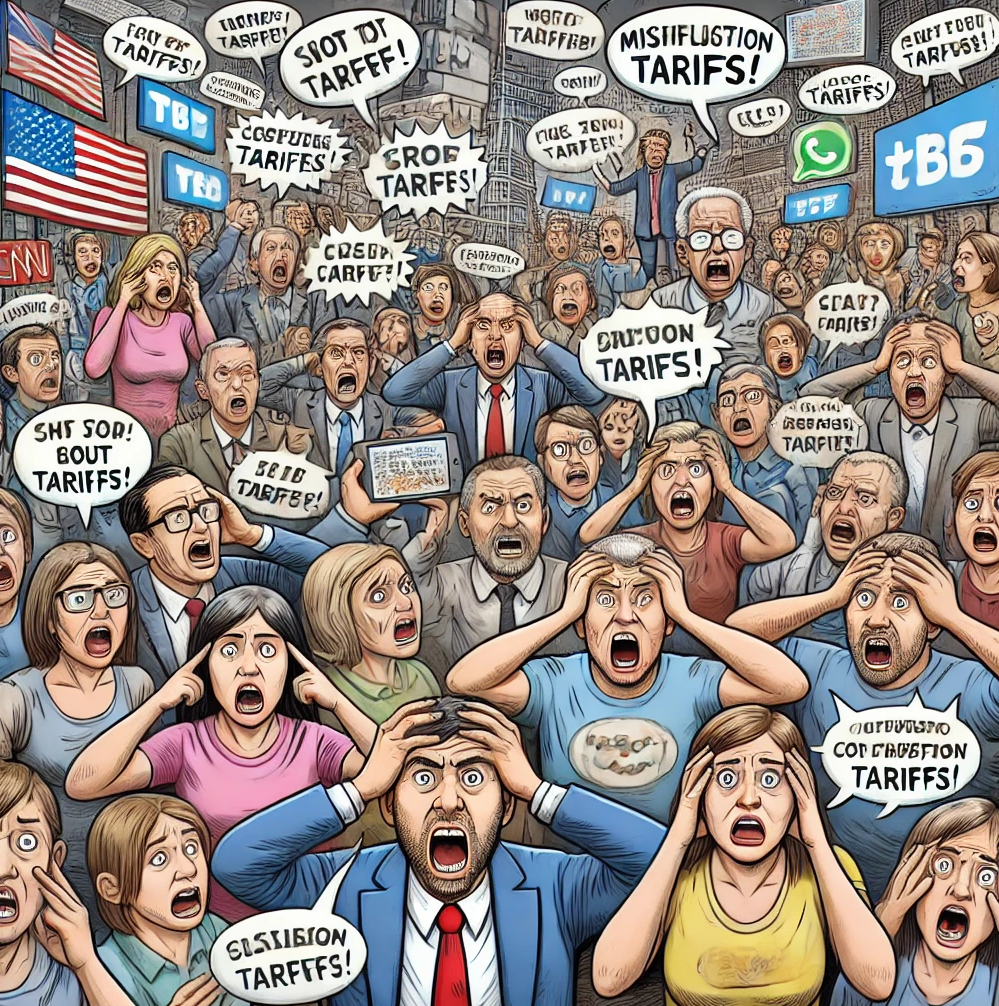
There’s a lot of confusion about tariffs, and it’s easy to see why. Politicians, news outlets, and social media all throw around big statements like “China is paying billions in tariffs!” But that’s not exactly true—and if you’ve noticed prices going up, you’re already feeling the real effects.
So let’s clear it up once and for all: Tariffs are paid by U.S. businesses and consumers—not foreign countries.
What Is a Tariff?
A tariff is a tax that the U.S. government charges on certain imported goods. It’s meant to make foreign products more expensive, ideally encouraging American businesses and consumers to buy from domestic manufacturers instead.
Sounds simple, right? But here’s where people get mixed up:
Who Actually Pays the Tariff?
A lot of people assume that the foreign company (say, a Chinese manufacturer) gets hit with the tariff bill. That’s not how it works. Instead, the tariff is charged when the goods arrive in the U.S., and the one responsible for paying it is the U.S. company that imports the product.
Step-by-Step Breakdown of How a Tariff Works
- A foreign manufacturer in China, Vietnam, or Mexico produces a product (let’s say, a laptop or a sofa).
- A U.S. company (like Walmart, Home Depot, or a small business) places an order for those products to be shipped to the U.S.
- The goods arrive at a U.S. port. U.S. Customs and Border Protection (CBP) applies the tariff.
- The importer (the U.S. company, not the foreign manufacturer) must pay the tariff to the U.S. government before they can take possession of the goods.
- The U.S. company now has higher costs and usually does one of two things:
- Raises prices to pass the cost onto consumers (that’s you).
- Tries to absorb the cost, which can lead to lower profits, job cuts, or reduced expansion.
So at the end of the day, tariffs are paid by American businesses and consumers—not foreign companies or governments.
How Do Tariffs Affect Prices?
When tariffs go up, so do prices. If a product used to cost $100 but now has a 25% tariff, the U.S. importer pays an extra $25 in taxes. That cost usually gets passed on to the consumer.
Think about these everyday examples:
- Electronics: Phones, laptops, and TVs become more expensive.
- Cars & Auto Parts: Tariffs on foreign parts make cars cost more to produce.
- Furniture & Appliances: Prices at places like IKEA, Walmart, and Home Depot rise.
- Groceries: Food imported from other countries—like fruit, seafood, and coffee—gets pricier.
Tariffs don’t just hit one product—they can ripple through the entire economy, raising costs for businesses and families alike.
Who Benefits from Tariffs?
Tariffs are designed to help U.S. manufacturers by making foreign competition more expensive. If imported steel is hit with a tariff, American steel companies don’t have to compete with cheaper foreign steel as much. This can help boost American manufacturing jobs—but at the cost of higher prices for everyone else.
The Bottom Line: Tariffs Are a Tax on Americans
Despite political claims that “China is paying billions in tariffs,” the reality is that U.S. importers are paying those billions, and they pass much of that cost onto American consumers.
So, the next time you hear about a new tariff, remember:
✅ It’s a tax on imports.
✅ It’s paid by U.S. companies at the border.
✅ It raises prices for American businesses and consumers.
And that’s how tariffs really work.


